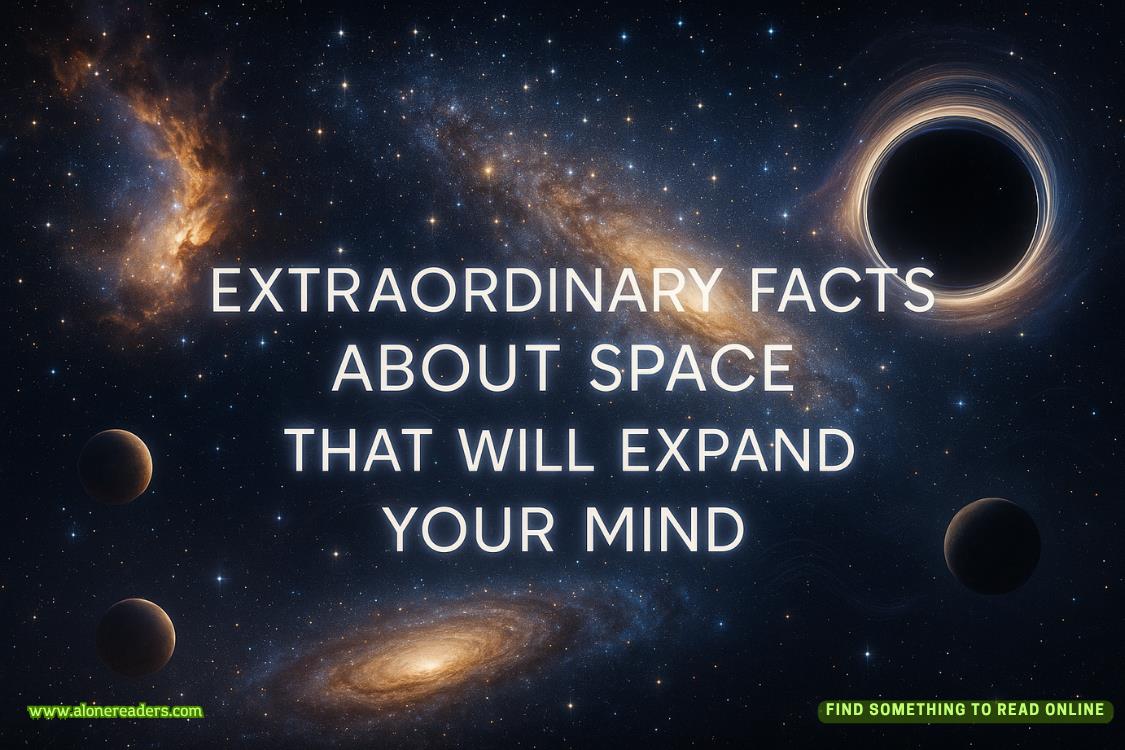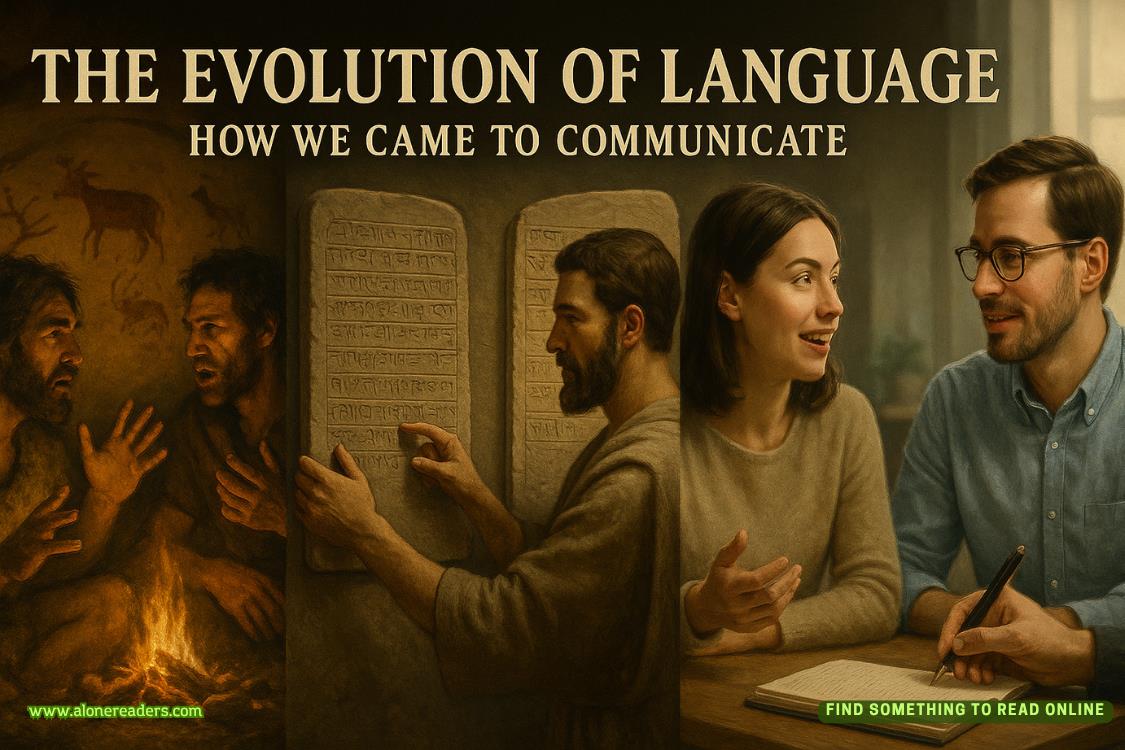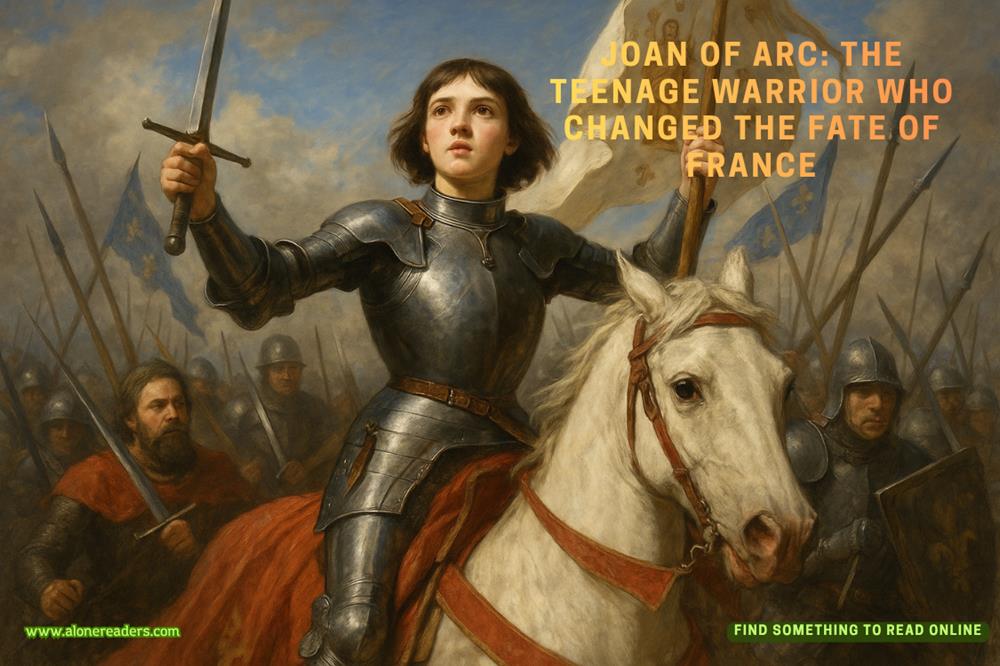Page 51 of Broken Secrets
The cold hits like a shock wave, even through the wetsuit. Pacific Ocean water in California never truly warms up, and the initial contact makes me gasp through my snorkel. But within seconds, my body adjusts, and the water becomes something magical rather than challenging.
“You good?” He asks, treading water beside me. His voice is muffled by the snorkel, but I can see the concern in his eyes through his mask.
I give him the exaggerated “okay” signal Dr. Cole taught us, thumb and forefinger forming a circle, other fingers extended. But he makes his so dramatic that it looks more like he’s conducting an underwater orchestra, which makes me laugh despite the mouthpiece.
The sound comes out as bubbles and muffled noise, his eyes crinkle with his own silent laughter.
“Ready to go down?” I ask, though it comes out as incomprehensible snorkel speak.
He nods and points downward, then makes what I think is supposed to be the “descend” signal but looks more like he’s trying to pet an invisible underwater dog.
I point to myself, then to him, then make the “okay” sign. Our own private code: we’re good together. He responds by pointing to his eyes, then to me, then making a heart shape with his hands. Even underwater, Derek Lance is a total romantic.
We put our faces in the water and begin our descent into the kelp forest.
The first thing that hits me is the scale. From the surface, I thought I understood how big the kelp was but seeing it from inside is like discovering that what you thought were houseplants are actually redwood trees. Massive brown fronds stretch upward toward the surface, some easily sixty feet tall, swaying in the current with a grace that seems impossible for something so large.
Light filters down through the canopy in shifting columns of gold and green, creating an underwater cathedral exactly like Dr. Cole described. Schools of small fish move through the light beams like living confetti, and the whole scene has a dreamlike quality that makes me question whether this can possibly be real.
Derek appears beside me, and I can see his eyes are as wide as mine must be. He points upward at the kelp canopy, then at me, then makes the “mind blown” gesture, hands exploding outward from his head. I nod enthusiastically and point to a particularly massive kelp plant that disappears into the green darkness above us.
Dr. Cole’s voice cuts through the water, muffled but clear: “Remember, kelp forests are among the most productive ecosystems on Earth. What you’re seeing took decades to grow, and it supports thousands of species.”
As if summoned by his words, a bright orange fish the size of a dinner plate swims directly toward us. I recognize it immediately from our identification charts, a Garibaldi, California’s state fish. But seeing it in person is completely different from looking at pictures. This fish has attitude.
The Garibaldi stops about three feet from my mask and hovers there, apparently sizing me up. Its orange color is so vivid it almost seems to glow against the muted greens and browns ofthe kelp forest. Derek taps my shoulder and points, as if I could possibly miss this aquatic traffic cone demanding our attention.
I try to photograph it with my disposable camera, but the Garibaldi seems to have opinions about marine life paparazzi. Every time I raise the camera, it moves just out of frame. Derek finds this hilarious, if his shaking shoulders are any indication.
Finally, the fish gets bored with us and swims away to harass some other snorkelers. Derek and I exchange looks through our masks, the kind of shared amusement that doesn’t need words, even when you have the ability to use them.
We continue deeper into the kelp forest, following Dr. Cole’s lead but also giving ourselves permission to explore. The underwater world operates on different rules than the surface. Movement is slower, more deliberate. Sound is muffled and strange. And communication becomes a combination of hand signals, pointing, and expressive eye contact.
Derek has gotten creative with the official hand signals. When he spots a sea urchin, a spiky purple creature that looks like an underwater pincushion, he doesn’t just point. He makes the “look” signal, points to the urchin, then makes an exaggerated “ouch” face and clutches his hand dramatically. I have to work hard not to laugh so much that I lose my snorkel.
I respond by pointing to myself, then to the urchin, then shaking my head vigorously. Message received: Olivia will not be touching the spiky thing.
As we move through the forest, I start to understand why Dr. Cole called it a living system. Everything is connected. Small fish dart between the kelp fronds, using them for protection. Larger fish cruise the edges, hunting. Sea urchins graze on kelp that falls to the bottom, while sea stars hunt the urchins in turn. It’s like watching a slow-motion nature documentary, except I’m swimming through it instead of watching from my couch.
Derek appears beside me and taps his waterproof notebook, then points to a cluster of mussels attached to a rock. We swim closer, and I can see they’re not just randomly stuck there; they’ve arranged themselves in a complex pattern that maximizes their access to food while providing mutual protection.
I sketch quickly in my own notebook, trying to capture not just what the mussels look like, but how they’re positioned relative to the current and the kelp. Derek peers over my shoulder, then gives me an exaggerated thumbs up that transitions into applause. Even his underwater compliments are over the top.
A school of small silver fish suddenly surrounds us, moving like a single organism through the water. They flow around us and through the kelp with liquid precision, each individual fish somehow knowing exactly where the others are without looking. Derek and I find ourselves in the middle of this living cloud, turning slowly to watch the fish swirl around us.
He reaches out toward me, not to touch the fish but to touch my hand. Our fingers intertwine briefly in the middle of the school, a moment of human connection inside this alien ballet. When the fish move on, we’re left floating together, and Derek makes a heart shape with his hands that’s much clearer underwater than it would be in air.
I respond by pointing to myself, then to him, then making what I hope is the universal symbol for “this is amazing.” It probably looks more like I’m trying to hug an invisible beach ball, but Derek seems to get the message.
Dr. Cole’s whistle brings us back to the group. He’s found something he wants everyone to see, a section of the kelp forest where the plants have created a natural clearing, like an underwater meadow. Sunlight streams down through theopening, illuminating a sandy bottom covered with sea stars, urchins, and anemones.
“This is a perfect example of kelp forest ecology,” he says, his voice carrying clearly in the underwater acoustics. “Notice how different species occupy different levels of the habitat. Kelp on top, fish in the middle, bottom-dwellers below. It’s like a high-rise apartment building, but everyone gets along.”
Derek and I swim to the edge of the clearing, where a particularly large sea star is slowly making its way across the sand. It’s purple and orange, easily eight inches across, and moving with the kind of unhurried confidence that suggests it has nowhere important to be.
Derek points to the sea star, then to me, then makes what I think is supposed to be a “slow down” gesture but looks more like he’s conducting a very leisurely symphony. I point back to him and mimic the sea star’s slow-motion movement, which in the water looks like an interpretive dance about marine biology.
This sets off a small competition where we take turns imitating different sea creatures. Derek’s version of a sea urchin involves making himself as spiky as possible, which is challenging when you’re trying to stay neutrally buoyant. My interpretation of kelp swaying involves a lot of graceful arm movements that probably look more like I’m practicing underwater tai chi.















